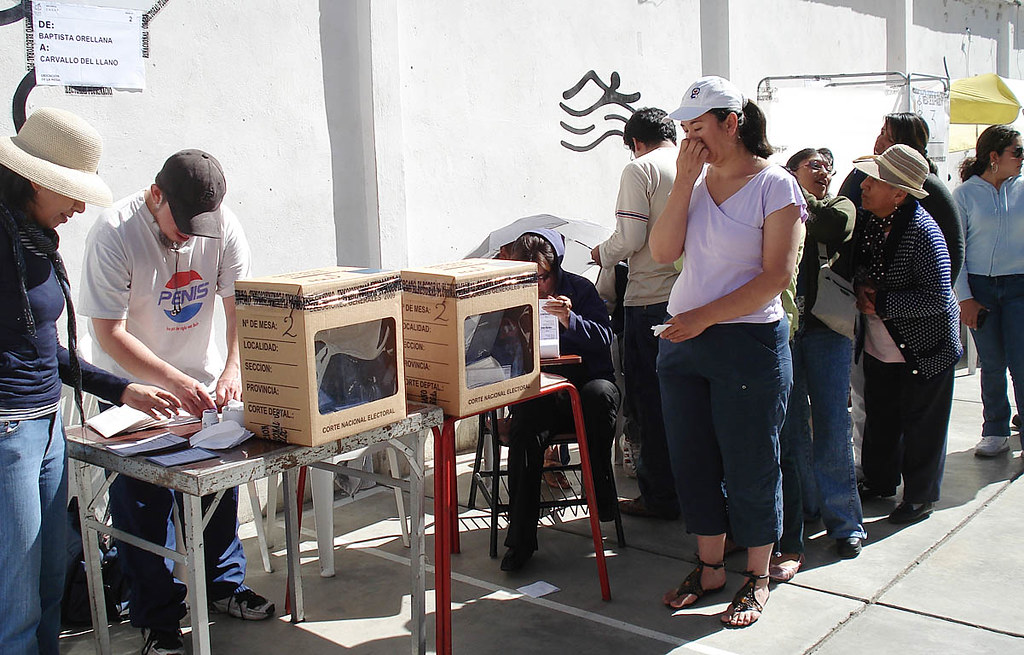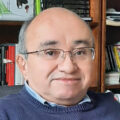Next Sunday, March 7th, Bolivians will once again go to the polls in less than six months. This time to elect governors and mayors in the nine departments and more than 300 municipalities for the 2021-2026 term. In other circumstances it could be said that this is one more chapter of the democratic party that allows voters to express their will to renew local power. However, this time they will go to vote in the midst of a critical socioeconomic context, which is a product of the pandemic and the political instability installed in the country since the end of 2019 with the resignation of Evo Morales after 14 years of governing. Bolivians return to the polls amid light and shadows.
Three elections in less than two years
Looking back at the immediate past, citizens returned to the polls for the third time between November 2019 and March 2021. Indeed, the fall of Morales–in November 2019–as a product of the popular reaction to the electoral fraud, as well as the subsequent installation of a transitional government and the dismissal of all the members of the Supreme Electoral Tribunal (STE), inaugurated a period of unsteady political institutions.
The recent victory of Arce Catacora, the MAS candidate, with 55% of the valid votes and the significant defeat of the opposition parties in the 2020 elections, generated hope for a return to political normalcy. Various sectors of the population had expectations that the new government, emerging from the polls and now with strong congressional support, could implement economic and health measures to overcome the effects of the pandemic.
One can affirm that there is a strong correlation between both elections and the political and partisan scenario in the years to come, not only because of the temporal proximity of the last general election, but also because the 2020 political and institutional actors are present and active in the sub-national elections.
The maxim that “subnational elections are totally independent from the presidential elections” is not true in this case.
The previous electoral scenario
After the MAS victory last October, the subnational elections have become a challenge for the ruling party in two ways. In the first place, to consolidate its hegemony in the municipalities and departments of the country. Secondly, to have a real parameter of its strength in what has been called the “post-Morales MAS”.
The presidential election showed the strength of MAS in practically all departments of Bolivia, but it remains to prove that it is also a power alternative at the local level. A triumph would also show that MAS is capable of obtaining positive results in urban areas, leaving behind the image of being a fundamentally rural-based party.
With the fall of Morales, MAS was abruptly forced to enter into a process of leadership renewal. The results of the sub-national elections may mark the definitive overcoming of the old “masista” guard. Otherwise, an electoral defeat will create the conditions for the return of Morales and his entourage to lead MAS again.
The opposition faces its own challenges with greater drama. After the October electoral defeat, the two major opposition fronts are fighting for their survival. One of them, Comunidad Ciudadana (CC), which at certain moments in 2019-2020 was seen as the viable alternative to MAS, today struggles with fragmentation and electoral irrelevance.
The second opposition force, CREEMOS, of the right-wing populist leader Luis Fernando Camacho, with presidential pretensions in 2020, had a disappointing performance and showed strength only in the department of Santa Cruz. In these elections Camacho is fighting for his survival in this department without any presence in the rest of the country.
New elections, old actors and opinion polls
If anyone has any doubts about the direct influence of the presidential elections on next Sunday’s elections, it is enough to mention that three former presidential candidates (including the former interim president) are currently candidates. Indeed, Camacho (CREEMOS) and Chi Hyung Chung (ASIP) for governors in Santa Cruz and Jeanine Áñez (AHORA) for governor of Beni.
Polls released this week, about which there is a growing distrust due to the errors in the last presidential election, are conducted only in the three most populated departments (Santa Cruz, La Paz and Cochabamba) and in the four cities with the largest electorate: La Paz, El Alto, Santa Cruz and Cochabamba.
According to the UNITEL survey, MAS clearly leads the governorship of Cochabamba (34%). Camacho leads in Santa Cruz (40%), while in La Paz there is a sharp fragmentation of the vote, led by MAS candidate Flores with 23%. In the three departments, the number of undecided voters is higher than a quarter of the electorate and everything indicates that there will be a second round on April 10th.
The four cities mentioned above concentrate 46% of the GDP and 35% of the population. In all four municipalities, the defeat of the president’s party is considered a certainty. In La Paz, Iván Arias (prominent former minister of Añez) has more than half of the projected electorate vote, as well as Reyes Villa in Cochabamba, Eva Copa, former president of the Senate and recently expelled from MAS, leads with 75% in El Alto, and in the city of Santa Cruz two MAS opponents are emerging as favorites, José Gary Añez (CC) and Jhonny Fernandez (UCS).
By way of conclusion, it is important to mention another determining factor: the hyper-activism of the Judicial Power. As in previous elections, judicial processes are initiated against opposition candidates with the purpose of disqualifying them. Jeanine Añez in Beni, Camacho in Santa Cruz or Reyes Villa in Cochabamba are just some examples. A few days ago, the disqualification of Reyes Villa, the virtual winner in the city of Cochabamba, was announced.
On March 7th, the Bolivian electorate will go to the polls with hopes of renewing local power among the ghosts and shadows of the past.
Translated by Marika Olijar













